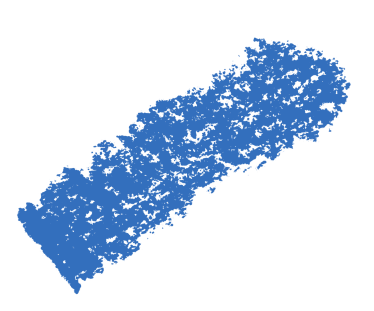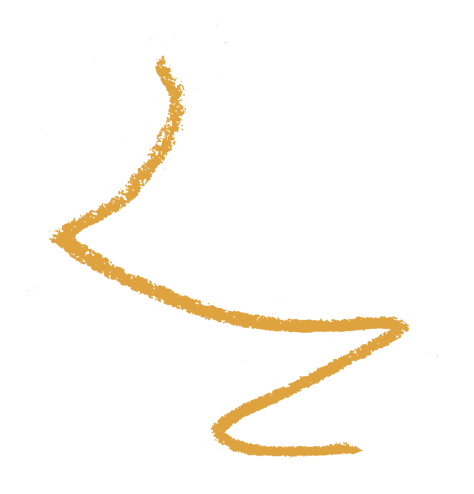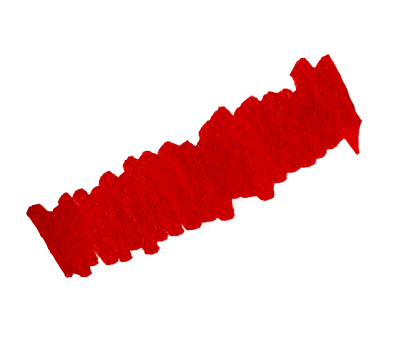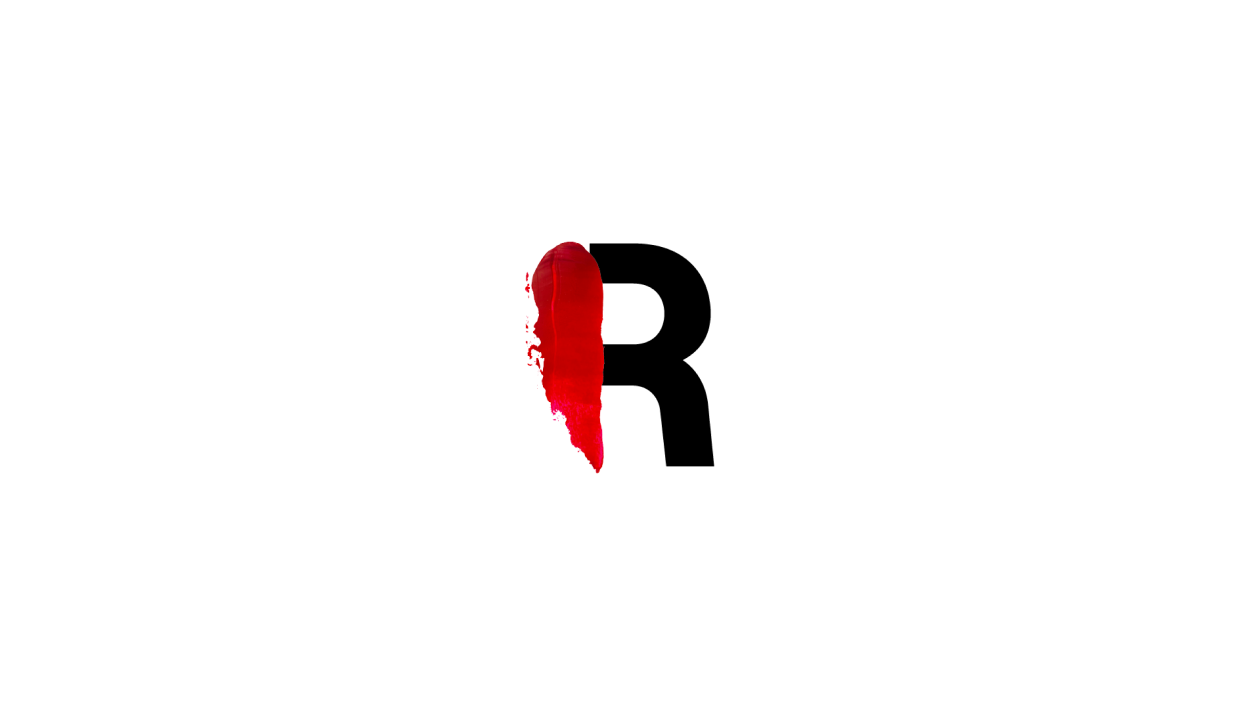
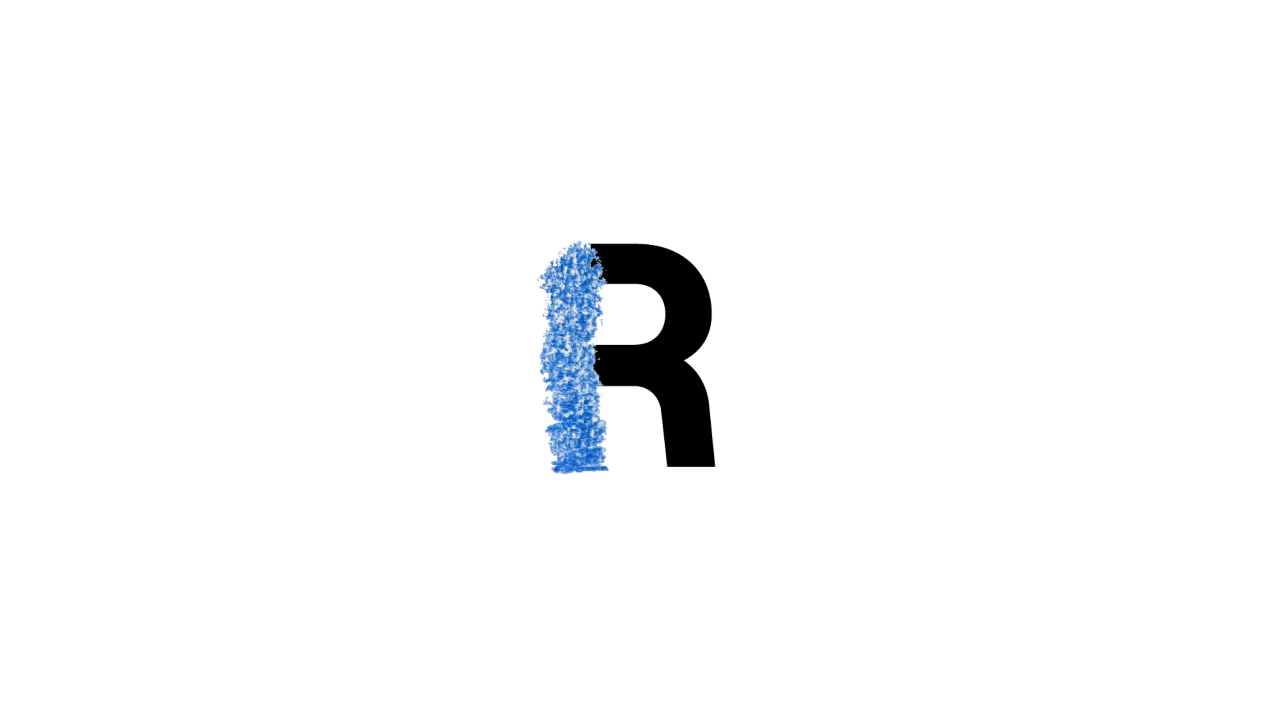
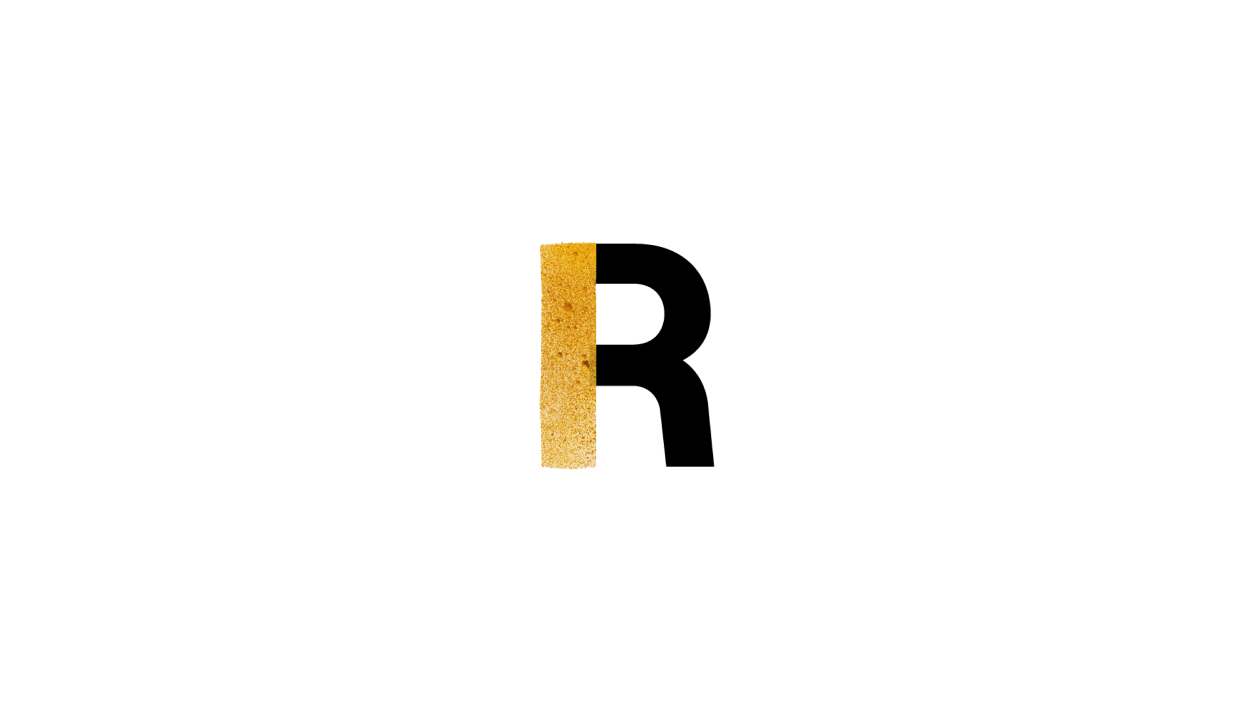
Glossary
Read more
A
Abstraction (or Abstract or Non-Figurative Shape)
A shape that doesn’t represent reality. It’s the opposite of figuration.
All-Over Painting
A style of painting in which the paint is spread in a more or less uniform way across an entire surface, even over its edges.
Annotate or Justify
The action of inserting notes in the margins of a piece. Annotations or justifications refer to everything that isn’t printed along with an image, such as writing that isn’t a part of the image and appears on the piece’s sides or on its back. These elements are often identifiable because they are written by hand with a pencil. Prints will include the title of the piece, the artist’s name, the date, and a number in the bottom left corner, expressed as a fraction. The numerator represents the print order over a total number of prints. For example, 12/100 means that the piece is number 12 out of a series of 100 identical prints.
Anthropologist
A person who studies different communities of individuals and their relationship to their environment.
Automatistes
A group of modernist artists in the 1940s in Québec. They used intuitive methods to create, and the movement included numerous disciplines (painting, literature, dance, theatre, etc.). Its artists wanted to on create without any historical constraints or structure.
B
Barbotine
A sticky substance obtained by mixing clay with water. The slip is used to fix together two parts of a clay model.
Biodiversity
A term that refers to the variety of organisms living on Earth.
Blending
The technique of rubbing a drawn element to make it blurry and less focused, making it possible to mix colours together.
Brush
A tool used to apply paint. It consists of bristles made from animal hair or plant fibers attached to the end of a handle. The tool makes it possible to apply coloured pigments (gouache, acrylic, etc.) onto a surface.
C
Celestial Body
A celestial element that affects humans and the Earth (star, planet, etc.).
Coil
A cylindrical shape obtained by using hands and fingers to roll malleable clay over a smooth surface.
Collage (or Gluing/Glue)
The technique of attaching different materials (paper, cardboard, etc.) to a surface using a substance called “glue.”
Warm and Cool Colours
Colours that are associated with temperatures. For example, yellow, red and orange evoke heat; while blue, green and purple evoke the cold.
Contrast (or Contrasting)
An effect produced when two elements highlight each other’s opposing characteristics through the use of colour, height, luminosity, etc.
Cutting
The action of using a sharp tool (scissors, etc.) to separate or remove part of a surface (paper, cardboard, etc.).
D
Digging
The action of creating grooves and holes by removing material.
Diptych
An artistic creation made up of two elements which, when joined, form a single piece.
Dot
A mark on a surface created by placing the tip of a tool containing coloured pigment on the surface and quickly removing it.
Drawing (or Draw)
An art technique that consists in tracing elements using pencils, pastels, etc. Drawing can be done freehanded or with tools (rules, compass, etc.).
E
Emblem
A shape that represents something, whether real or not, and that has symbolic meaning or representation for a community.
Engraving (Engrave, Intaglio Printing)
A set of techniques and processes that involve the use of incisions (intaglio printing) to produce an image. Engraving involves tracing grooves onto a surface (known as the matrix) with a tool. The matrix is then covered with coloured pigments, such as printing ink, to create prints on paper.
Enumeration
The spatial organization of a group of elements such that none of the items touch one another.
F
Fictional (or Fiction)
Fictional is the adjective of fiction; it refers to imaginary elements that don’t exist in life as we know it.
Figuration (or Figurative Shape)
A shape that represents something real. It’s the opposite of abstraction.
First Peoples in Canada
Synonym for Indigenous peoples: designates the original inhabitants of a territory. In Canada, this includes First Nations, Inuit and Métis peoples.
Fixing (to Fix)
A gesture used in modeling, shaping or assembling that consists of using a strategy (e.g., pinching a malleable dough with the fingers) or using an adherent substance in order to join different elements.
Flat Brushstroke
A painting movement that consists in applying a coloured pigments uniformly across a painted surface.
G
Geometric Shape
A shape made out of closed lines. These figures are often used in mathematics and are identifiable: circle, square, triangle, etc.
Gesture
A movement by part of the body to conduct an action or express something.
H
Headdress
A decorative head covering worn during ceremonies. Some Indigenous peoples wear different kinds of headdresses, such as eagle-feathered headdresses, as a symbol of social status.
Homophone
Words which sound the same.
Huron-Wendat
An Indigenous Iroquoian-speaking nation located in Southern Ontario. The Huron-Wendat peoples established themselves near Québec City in the 17th century.
I
Impasto
The technique of applying a large quantity of coloured pigments to create depth. It creates thick layers that combine to produce a textured relief that stands out from the surface.
Indigenous
Refers to peoples who have descended from the original inhabitants of the lands in which they live and were occupying when individuals from another culture or of a different ethnic origin arrived and became the majority group through conquest, occupation, colonization or another means. In Canada, the term Indigenous refers to First Nations, Inuit and Métis communities.
Infographic
A digital image used to present information.
Inuit
An Indigenous group whose culture and habitat are historically linked to the Arctic regions. It can also be used as an adjective to characterize a culture, objects, and a language.
J
Juxtaposition
A spatial organization of a group of elements such that only their edges touch. None of the elements hide any others.
L
Label
An object, often a plaque or a tag attached to a piece’s frame or a sculpture’s base, that contains all of the information about the work of art: artist’s name, dates, techniques, dimensions, etc.).
Layering
The spatial organization of a group of elements such that each element completely or partially overlaps with the others.
Line
A continuous mark, real or projected. Lines are variable and have many characteristics: they can be drawn, painted, engraved, incised or tangible; wide, narrow, short, long, curved or straight.
Wide and narrow lines are defined by their varying width.
Short and long lines are defined by their varying length.
A straight line is defined by the mark’s regularity.
A curved line is defined by the mark’s curve.
Drawn Line
A mark created using drawing tools and materials (pen, ink, pencil, pastel, charcoal, etc.).
Incised (or Engraved) Line
A mark created using cutting tools, like scissors, a retractable utility knife, etc.
Tangible Line
A mark created using three-dimensional material, like string, metal wire, wool, etc.
Low Relief
A tangible volume with measurable dimensions: height, width and moderate depth. Generally a sculpture that is mostly attached to a vertical surface. Its relief is negligible.
M
Masking
The technique of blocking colour by covering certain parts of a drawing, painting, print or engraved surface.
Modelling (to Model)
The technique of transforming malleable material (modelling clay, air-drying clay, clay, etc.) with fingers or by using tools.
Wire Modelling Tool
A modelling tool with a wooden handle and a tip made of looped wire. It is used to dig or remove extra material while modelling.
Wood Modelling Tool
A modelling tool with a wooden handle and tip that comes in a variety of different shapes. It is used to dig or remove extra material while modelling clay.
Mother Earth
An expression that references Earth as a goddess who represents fertility.
Movement
A result of shifting energy or motion. Movement can be produced by organizing artistic elements in different ways: the direction of the lines, spots, colour placement, which tools or materials were used to make lines, etc.
Art Movement
A group of artists who share ideas, thoughts, styles and challenges, and who explore a similar artistic practice together. A movement can be defined by a location, an ideology, an era, etc.
N
Naturalist
A person who studies natural sciences (botany, zoology, etc.).
Noah’s Ark
A vessel built to save Noah, his family and pairs of animals from the Great Flood. This story is part of the history of Christianity.
Nordicity
A term that defines things that are geographically located in the North, in an environment that is usually characterized by cold temperatures.
P
Painting (or Paint)
An art technique that usually involves the use of paintbrushes or brushes to apply coloured pigments (gouache, ink, etc.).
Palette Knife (or Spatula)
A painting tool that looks like a small flexible trowel used to scrape or apply very thick layers of paint (impasto).
Pattern
A repeated decorative design. Patterns can be observed on fabrics, tapestry, plates, etc.
Pinching (with Hands)
A modelling technique used to transform malleable clay by firmly pressing it between fingertips (modelling clay, air-drying clay, clay, etc.).
Polyptych
A single work of art composed of at least four panels.
Postage Stamp
A small illustration with an adhesive back which can be placed on parcels to pay for its transportation by a postal service.
Postcard
A card used to exchange written communication with a person who lives somewhere else. Postcards are recognizable by their format: often a piece of thin cardboard of varying dimensions. A postage stamp is all it takes to send one by mail. The recipient’s address, the message and the stamp are all on the same side. The other side usually has an image.
Printing (or Print)
The technique of reproducing an element by pressing a tool over a surface (paper, cardboard, etc.) to obtain a print.
Printmaking
A printing process that uses engraved materials (linoleum, styrofoam, lithography, etching, etc.).
R
Rhythm
The disposition of lines and distribution of materials, colours and patterns composing a piece. These elements are often repeated with regularity, in succession or in a sequence.
In the Round
Real volume that can be measured (width, height, depth). It is usually a sculpture that can be observed from all sides.
S
Scrape
A painting technique that consists in dragging paint with a tool (e.g., a spatula) so as to spread it across a surface.
Sculpture
The art of making three-dimensional shapes. Techniques like modelling, assembling and shaping all fall under the broader “sculpture” category.
Self-Portrait
A portrait of an artist created by that artist.
Shape
The set of contours composing an object. Shapes can be rounded or angular.
A rounded shape is made by a series of curves. The contours of an angular shape are made by a series of lines and angles.
Sketchbook
A tool used by artists to keep inspiring images, sketches, to test different materials and to take notes about their ideas and thought processes.
Slab
A flat, round disk made while modelling by flattening a sphere with fingers or hands.
Slip
A substance created by mixing clay and water. It’s used to join two elements made out of clay.
Slogan
An impactful phrase, either written or spoken, that expresses an idea in a memorable way. The concept is often used in advertising to influence consumers.
Snipping
The action of removing a central part of a material (paper, cardboard, cloth, etc.), creating a perforation.
Sphere
A circular 3D object created by rolling malleable clay between hands.
Stencilling
The process cutting a piece of cardboard or paper to create a shape, then using it to reproduce that shape multiple times on another surface.
Still Life
A painting that is composed of representations of inanimate objects (food, flowers, fruit, etc.).
Stroke
A gesture in drawing used to make only lines.
Style
A way of distinguishing oneself from others. A style includes various visual elements that can be associated to a given artist, a group of artists, an artistic movement, a period in history or a specific art school. Style is generally used to categorize pieces or artists.
Surrealism
An art movement that appeared in 20th-century France. Artists in this movement drew inspiration from the unconscious mind.
Symbolism
A group of symbols (elements, signs, etc.) that are all connected to the same conceptual realm. Symbolism can draw on different types of referents: a living organism, an inanimate object, a colour, a belief, a people, an era, etc. Symbolism gives meaning to interpretations of these referents.
T
Tapping (or Tap)
A painting technique that consists in lightly and repeatedly hitting a surface with a tool (paintbrush, brush, etc.).
Taxidermist
A person who practises taxidermy
Taxidermy (or Stuffing or Mounted Owl)
The act of preparing a dead animal to maintain a lifelike effect. Taxidermy begins by building a skeleton (wood, metal, etc.) to create the animal’s shape. The tanned animal skin is then placed over the skeleton. Finally, glass eyes are added to create a more realistic impression of the live animal.
Tear (Tearing)
The action of using your hands to divide paper or cardboard into small pieces.
Real or Represented Texture
Elements that form a material’s surface. Texture can be real or represented.
Real texture can be observed and felt. It’s the result of repeated gestures that create real marks on a surface (lines, points, drips, etc.).
Represented texture is when real texture is imitated on a two-dimensional surface using graphic elements (lines, points, drips, etc.) to reproduce real elements (fish scales, animal fur, bird feathers, etc.).
Shade
A colour mixed with either white, black or another colour to obtain a slight variation.
Tone
A degree of intensity, between black and white. No coloration goes into creating shades.
V
Value
The different degree (pale or light, medium or dark) or hue of a colour.
Varied Brushstrokes
A painting technique that consists in applying a colour in varying quantities and over areas of differing sizes on a surface that is a different colour.
Volume
An element that occupies a given space. Volume can be real, with measurable height, width and depth, or represented/suggested. In the latter case, a three-dimensional object is imitated using two-dimensional graphic methods. In other words, an illusion is created by playing with light/shadow and perspective.
W
Wash
An art technique that involves using heavily diluted coloured pigments (ink, gouache, etc.).
Wash Off
A masking technique that consists in protecting part of a paper by covering it with gouache. The entire surface is then coated in an opaque indelible liquid, like black ink. It’s important to let the piece dry between steps. Finally, the entire surface is washed by rinsing it with water. This will dilute the paint, leaving the surfaces that it covered bare. The ink will have stained all of the sections not protected by paint.
